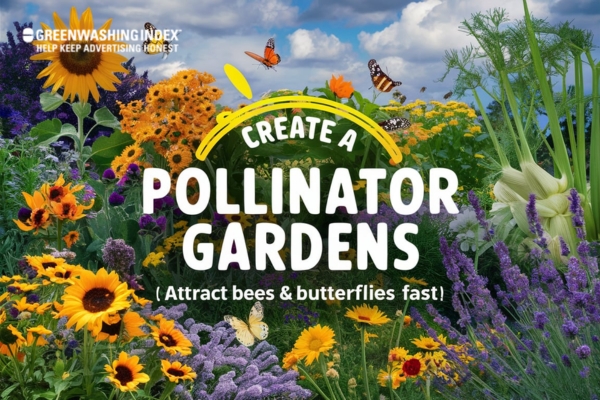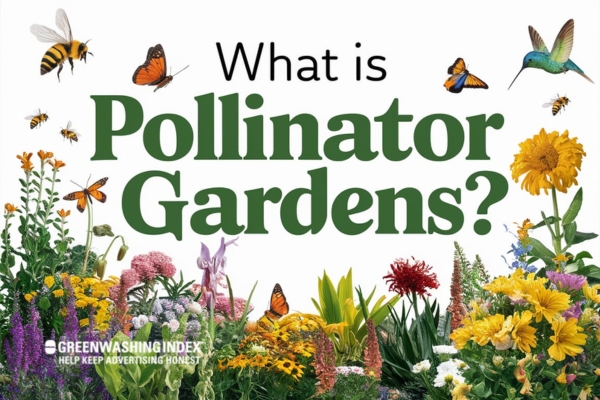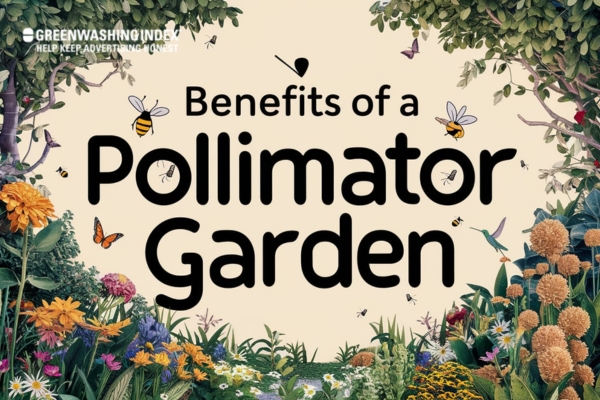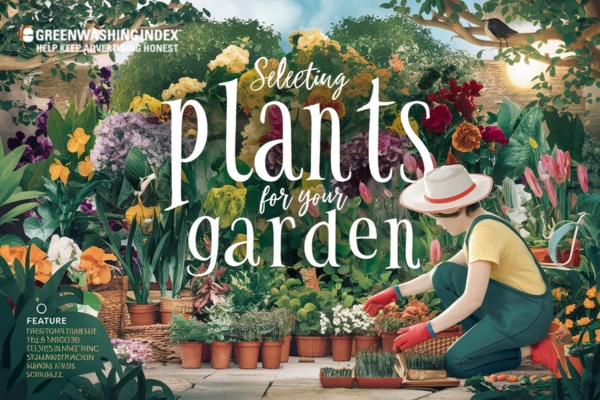

Stepping into your yard, greeted by the gentle hum of bees and the flutter of butterflies. It’s not just a dream—it’s the magic of Pollinator Gardens! These vibrant spaces offer more than just beauty. They play a vital role in supporting biodiversity and promoting ecosystem health. By planting a variety of blooming plants, you invite a symphony of life into your garden.
How to create your own pollinator paradise? This journey will guide you through the essentials of choosing the right location, selecting the perfect plants, and designing a thriving haven for pollinators.
Pollinator gardens are specially designed spaces that support and attract various pollinating species, such as bees, butterflies, and hummingbirds. These gardens are crucial for maintaining biodiversity and enhancing food production, as pollinators contribute to the fertilization of many plants, including a significant portion of crops consumed by humans.

By incorporating a diverse range of native flowering plants, pollinator gardens help create vital habitats for these essential creatures.
Choosing the right location for a pollinator garden is crucial for attracting and supporting beneficial insects. A well-placed garden not only enhances the beauty of your landscape but also provides essential resources for pollinators. Here are key considerations to ensure your garden thrives:
Creating a pollinator garden offers numerous benefits for both the environment and personal well-being. These gardens attract essential pollinators like bees and butterflies, which are crucial for the reproduction of many plants and crops.

By cultivating a diverse range of native plants, you not only enhance biodiversity but also contribute to improved air quality and create beautiful outdoor spaces. Engaging in gardening can also provide educational opportunities for children and promote mental health.
Choosing the right plants is an exciting step in creating a Pollinator Garden. It’s all about picking plants that will attract and support local pollinators. You’ll want to consider the types of plants that thrive in your area and how they can offer food and shelter to various pollinators.

Let’s dive into the importance of using native plants and the benefit of having different bloom times in your garden.
Native plants are species that have evolved in a particular region over thousands of years, adapting to local environmental conditions without human introduction.
They play a crucial role in maintaining healthy ecosystems by providing food and habitat for wildlife, supporting pollinators, and contributing to biodiversity. Incorporating native plants into gardens not only enhances beauty but also promotes sustainable gardening practices and environmental stewardship.
Benefits of Native Plants:
Floristic diversity refers to the variety of flowering plants in terms of species, ecosystems, and genetic makeup. This diversity is influenced by various biotic and abiotic factors, including climate, soil, and animal interactions. Regions with high floristic diversity, such as the Andes Mountains in Latin America, showcase a wide range of plant species due to their varied climates and ecosystems.
This diversity is crucial for ecological studies and conservation efforts.
Creating a pollinator garden is a rewarding endeavor that requires some thoughtful planning. Design elements such as plant layers and water sources play a vital role in attracting and supporting pollinators. By focusing on these aspects, you can craft an inviting habitat for a variety of pollinating species, ensuring they have the shelter and resources they need to thrive.
Layering is a plant propagation technique that allows new plants to develop roots while still attached to the parent plant, making it a popular method for shrubs, vines, and some trees. This method has a higher success rate compared to cuttings, as the new plant benefits from the nutrients and moisture provided by the parent. There are five primary layering techniques:
These methods not only facilitate propagation but also enhance garden aesthetics when plants are layered effectively, considering height and visual appeal.
Incorporating water sources for plant irrigation is essential for optimal growth and health. The primary sources of irrigation water include groundwater, surface water, rainwater, and municipal supplies. Groundwater, accessed through wells, is often clean and reliable, making it a preferred choice for many agricultural operations.
Surface water from rivers, lakes, or ponds can also be utilized, but it may require filtration to remove contaminants and debris. Rainwater collection systems are increasingly popular; they provide a sustainable option that captures runoff from roofs, although their effectiveness can diminish during prolonged dry periods.
Water quality is crucial; ideal irrigation water should have a balanced pH (around 5.5 to 6.5) to enhance nutrient availability. Rainwater is particularly beneficial due to its low contaminant levels, while municipal tap water may vary in quality and could contain harmful salts.
Efficient irrigation systems, such as drip or sub-irrigation, minimize water waste and ensure that plants receive adequate moisture directly at the roots. Overall, understanding the characteristics of various water sources helps in selecting the most suitable option for effective plant care and management.
Creating a pollinator-friendly environment involves several thoughtful practices that ensure the well-being of these essential creatures. First and foremost, it is crucial to avoid using pesticides in your garden. These chemicals can harm pollinators, disrupting their natural behaviors and even leading to their decline.
Instead, focus on promoting organic growth by employing natural methods for pest control, such as introducing beneficial insects like ladybugs or using homemade remedies. Regular maintenance is key. Keep your garden thriving by weeding and watering consistently, allowing plants to grow without the interference of harmful chemicals.
Additionally, consider planting a variety of flowering species that cater to different pollinators, enhancing biodiversity. By fostering a natural habitat and embracing organic gardening techniques, you create a haven for pollinators, contributing positively to local ecosystems. Emphasizing these practices not only protects pollinators but also enriches the beauty and vibrancy of your garden.
Pollinator Gardens are a wonderful way to support nature while adding beauty to your space. By planting a diverse range of blooms and choosing native plants, you create a haven for essential pollinators like bees and butterflies. Thoughtful design, including plant layers and water sources, enhances your garden’s appeal and functionality.
Maintaining a pollinator-friendly environment ensures a thriving ecosystem. Embrace the joy of watching these vital creatures visit your garden, knowing you’re contributing positively to biodiversity.
If you found this article helpful, explore our site more to continue your journey into the world of gardening and nature conservation!
